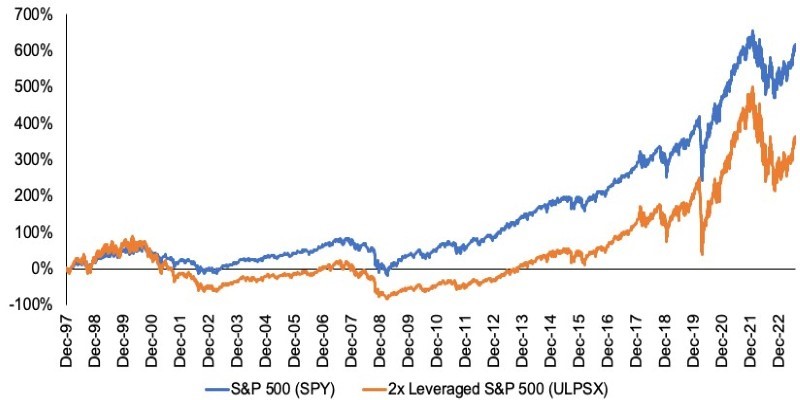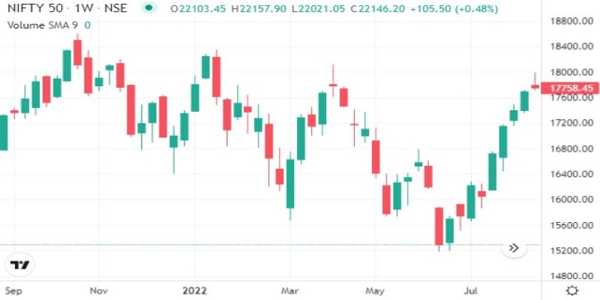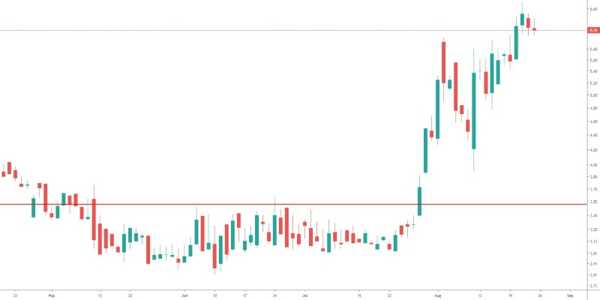The Role Of ETFs In Modern Stock Market Strategies
In recent years, exchange-traded funds (ETFs) have become a significant part of the stock market landscape. These investment vehicles have redefined how individual investors and institutional players approach the market. ETFs play an essential role in modern stock market strategies by offering a flexible, cost-effective way to diversify portfolios. This article will delve into the key aspects of ETFs, their impact on market strategies, and how they align with the investment goals of various market participants.
ETFs: A Modern Investment Tool
ETFs are essentially funds holding a basket of assets, such as stocks, bonds, commodities, or real estate, and are traded on stock exchanges like individual stocks. Unlike traditional mutual funds, which are priced once daily, ETFs can be bought and sold throughout the trading day at market prices. This flexibility makes ETFs an attractive option for both short-term and long-term investors. The broad range of assets they can include gives investors exposure to various sectors, geographies, and asset classes, making them an essential tool for diversified portfolio management.
The key difference between an ETF and a mutual fund is how they are traded. ETFs trade on an exchange, and their prices fluctuate in real-time, just like stocks. Mutual funds, on the other hand, are typically bought and sold at the end of the trading day at the net asset value (NAV). This means ETFs offer more liquidity and can be used for strategies that require precise entry and exit points during market hours.
How ETFs Contribute To Modern Stock Market Strategies
One of the primary reasons ETFs have gained popularity is their role in enabling diverse and strategic market participation. Investors can use ETFs in various ways, whether for passive investment strategies or more active trading.
Diversification And Risk Management
ETFs offer an easy and cost-effective way for investors to diversify their portfolios. Traditional stock picking can be expensive and time-consuming, often leading to concentrated risk. By investing in an ETF, an individual can gain exposure to a wide range of stocks or bonds within a specific sector or index. This level of diversification reduces the impact of any asset's poor performance on the overall portfolio.

For instance, rather than purchasing individual stocks in the technology sector, an investor can buy an ETF that tracks a technology index, gaining exposure to dozens of companies in one move. This is particularly beneficial for retail investors who may not have the time or expertise to conduct in-depth research on individual stocks.
Cost Efficiency
Another significant advantage of ETFs is their low cost compared to traditional mutual funds. ETFs generally have lower management fees, which makes them more appealing to cost-conscious investors. For example, the expense ratio for an ETF might be as low as 0.1%, whereas actively managed mutual funds can have expense ratios of over 1%. Over time, the savings from lower fees can significantly enhance overall returns.

The low-cost structure also makes ETFs ideal for various investment strategies, including dollar-cost averaging (DCA). This strategy involves consistently investing a fixed amount into an ETF over time, which can reduce the impact of market volatility and lower the average cost per share over the long term.
Passive And Active Investment Strategies
ETFs are well-suited for both passive and active investing approaches. Many investors use ETFs to replicate broad market indices, such as the S&P 500, for a passive investing strategy. By doing so, they can gain exposure to the overall market performance without trying to pick individual winners. This passive approach tends to outperform actively managed funds over the long term due to its lower costs and broader exposure.

Tax Efficiency
Another advantage of ETFs is their tax efficiency. Due to the unique way ETFs are structured, investors can buy and sell shares without triggering capital gains taxes, as with mutual funds. When you sell an ETF, you're not selling it directly to the fund company; instead, you're trading shares with other investors. This means that capital gains are only realized when an investor sells the ETF for a profit, reducing the chance of triggering taxes while holding the fund.

The Role Of ETFs In Portfolio Optimization
ETFs' ability to be customized and used in various strategic ways makes them a valuable tool for portfolio optimization. They can be combined with other assets to create a balanced, diversified portfolio that aligns with specific investment goals.
Hedging And Risk Mitigation
Investors also use ETFs for hedging purposes. For example, a market downturn can hurt most assets, but ETFs that track defensive sectors, such as utilities or consumer staples, may perform better during tough times. By incorporating such ETFs into a portfolio, investors can mitigate some downside risks associated with market declines.

ETFs can also be used to hedge against other asset classes. For instance, an investor holding a substantial stock position may invest in bond ETFs to offset the risk of stock market fluctuations. Similarly, commodity ETFs can act as a hedge against inflation or currency risks, adding another layer of protection to an investor's portfolio.
The Rise Of Thematic ETFs
Another trend in ETF investing is the rise of thematic ETFs. These funds focus on specific investment themes or trends, such as clean energy, artificial intelligence, or cybersecurity. Thematic ETFs allow investors to capitalize on emerging trends without picking individual stocks. These funds offer a way to target growing industries with the potential for high returns while maintaining the diversification benefits of ETFs.
Thematic investing, however, requires careful consideration. While some themes may offer attractive growth opportunities, others may be overly speculative or subject to significant volatility. Therefore, investors must research these funds thoroughly and understand the risks before incorporating them into their strategies.
Conclusion
The role of ETFs in modern stock market strategies cannot be overstated. From enhancing diversification to providing cost-efficient options for passive and active investors, ETFs have become indispensable tools in today's investment landscape. Their flexibility, tax efficiency, and ability to cater to individual and institutional investors make them a key component of portfolio construction and optimization.
As the popularity of ETFs continues to rise, we can expect even more innovation in this space, including the development of new, niche ETFs targeting specific trends or asset classes. Whether used for long-term wealth accumulation, risk management, or short-term trading, ETFs will remain a cornerstone of modern stock market strategies for years to come.





